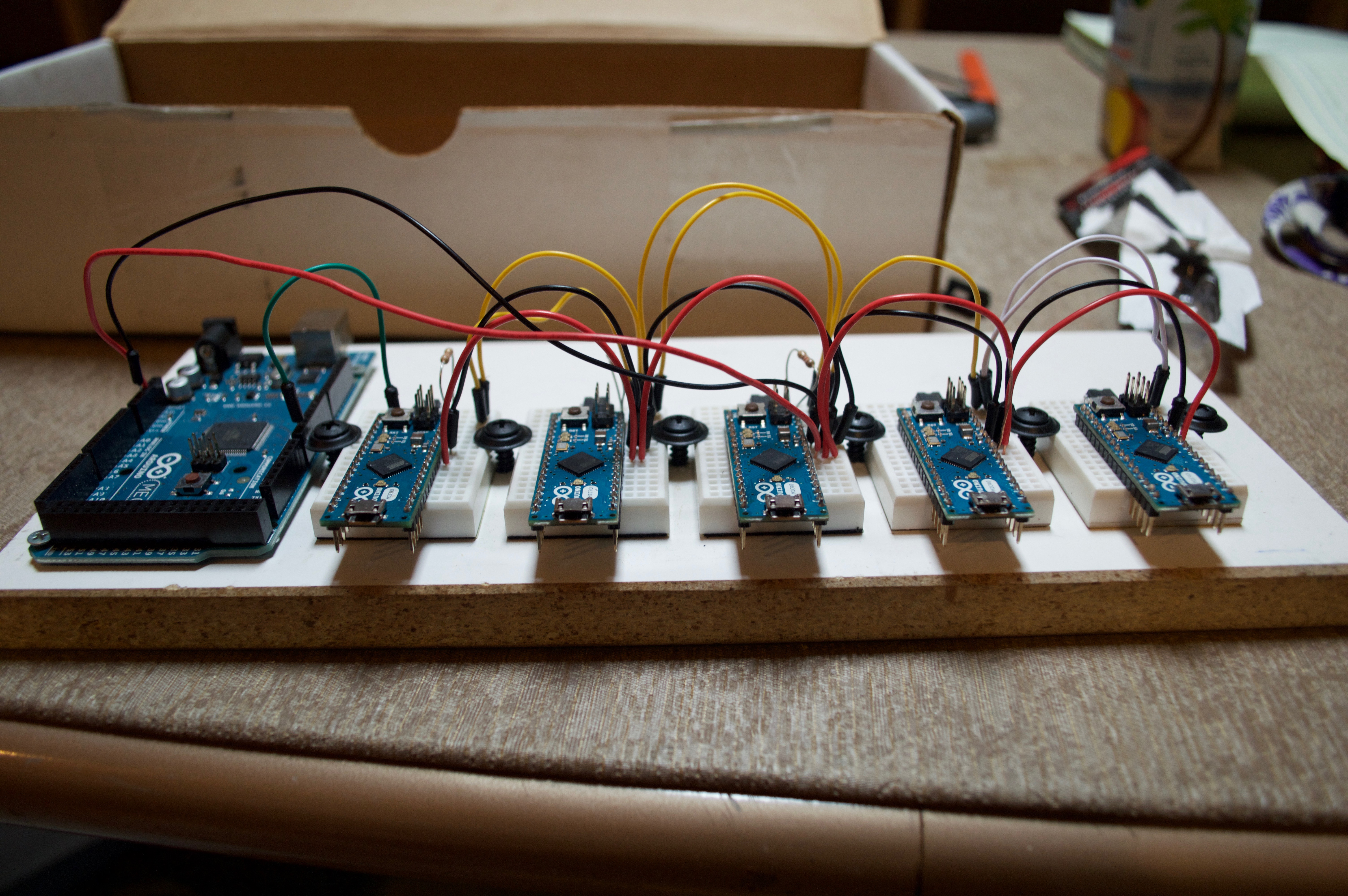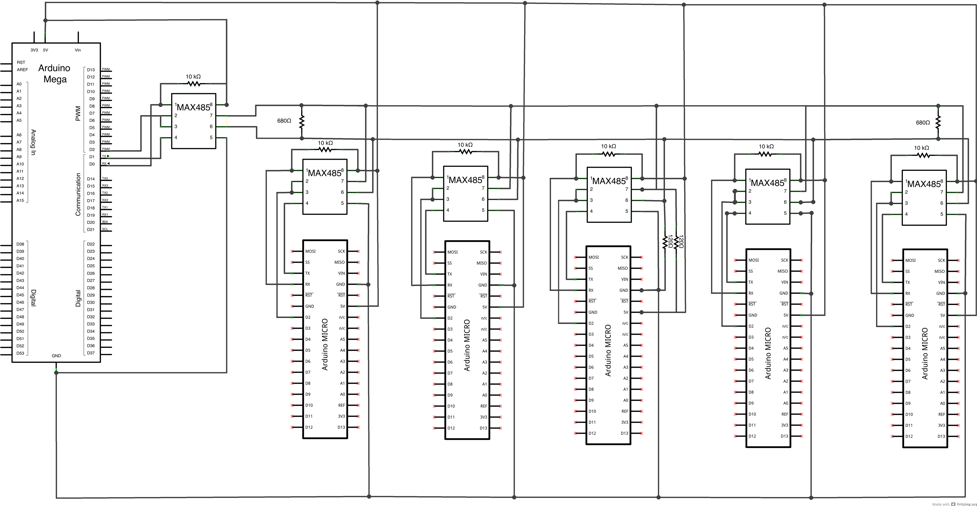
Solar Hydronics Automation System
Summer 2013
See the full research paper.
Abstract
This study involved engineering an automation and communications
network to control heat flow in a novel solar hydronics system in a
Roseville, Minnesota home. The goal of this system was to
effectively store enough of the sun's heat during the summer months
to heat the home throughout the winter. We installed a Modbus
network—the industry standard for RS485 communication—that consists
of a master Arduino Mega and five slave Arduino Micro modules. We
created software in C/C++ to run 100 temperature sensors, one
humidity sensor, and eleven water circulators that direct heat flow
to heat-storage components. A unique aspect of the software
developed in this study is that it adjusts to time of day, outside
temperatures, dew point, humidity, and time of year in order to
determine the most effective allocation of the available heat. Final
testing of the communications network showed 100% success rate.
Because the network can be easily modified or expanded, it is easily
applicable to any solar-powered hydronics system.
Introduction
In hydronics systems, water flows through an extensive system of
tubing to either heat or cool a residence by radiating or absorbing
heat. The house in Roseville is an example of newly developing
hydronics systems that use solar collectors as their source of heat.
Before our work, distribution of water in the hydronics system of
the home had to be controlled manually by opening and closing pumps
as needed. The goal of our work was to wire and program a
communications network to automate the hydronics system to respond
to seasonal temperatures, time of day, dew points, humidity, and
time of year.
In order to calculate the most effective heat allocation, the
automation network must know input and output water temperatures
of each component in the hydronics system. For this home, these
components include:
-
Four banks of Solar Skies SS40 4x10 solar collectors — the source
of heat for the entire system.
-
Three long-term storage sand beds — stores excess heat in the
summer and sources heat during the winter.
-
Two short-term water storage tanks — stores excess heat during the
daytime, and returns that heat to the system at night.
-
Three zones of in-floor hydronics tubing — Radiates heat into the
home. Also equipped with a cooling loop for absorbing heat in the
summer.
-
Domestic hot water heat exchanger — transfers heat to potable
water for showering or other uses.
Since all of these components are sparsely distributed throughout
the house, we determined that a master/slave communication network
would be the best way to read temperature data from all of the
them.
Prototype 1: I2C
We determined that the most important aspect of this system was
first to reliably read data from the temperature sensors. We created
our first prototype using I2C with the goal of demonstrating
multi-controller communication of temperature data.

Our first prototype network. All of the smaller microcontrollers
have their own temperature and humidity sensors and are
communicating their data to the master controller.
Prototype 2: Modbus
Upon further testing, we learned that an I2C network is not reliable
over the long cable-runs we needed for physical placement in the
home. For this reason, we decided to update our network using the
Modbus protocol. We used the MAX485 integrated circuit to accomplish
full-duplex communication between the microcontrollers. They could
then send all temperature values to the master controller and
receive their output instructions without any lost data packets.

A schematic of the Modbus network used in this project.
Results

The console output of the Arduino Mega shows that all temperature
values from the slave controllers were received successfully.
After out control system was installed in the house, operating
costs decreased by 75%. This is entirely due to increased storage
efficiencies, since the system sends the water to the storage
location where heat can be exchanged most efficiently.
Conclusion
Our technology uses an efficient hydronics system to heat a
Roseville, Minnesota home with zero greenhouse gas emissions. With
hot summers and freezing winters, a significant amount of heat
must be stored throughout the non-winter months. Our technology
logically decides whether to store heat in long-term storage or
short-term storage or distribute heat throughout the house. The
system can also be completely run off of low voltage DC power,
which is provided by solar panels and batteries. These power
sources will continue to run in the event of power outages.
A unique aspect of the software is that it adjusts to time of
day, outside temperatures, and time of year in order to make
logical decisions about where to distribute heated water from the
solar panels. For example, the program directs heat into sand beds
in the summer to store heat for winter. On the other hand, the
program responds to high indoor air temperature readings by
injecting cold water into the hydronic system water to cool the
house. By calculating approximate dew points, the program keeps
the colder water above the dew point to prevent condensation in
the house.





